


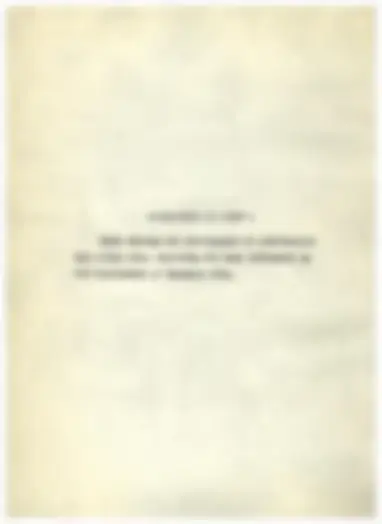


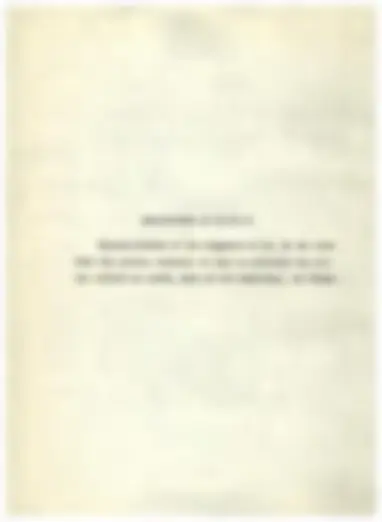



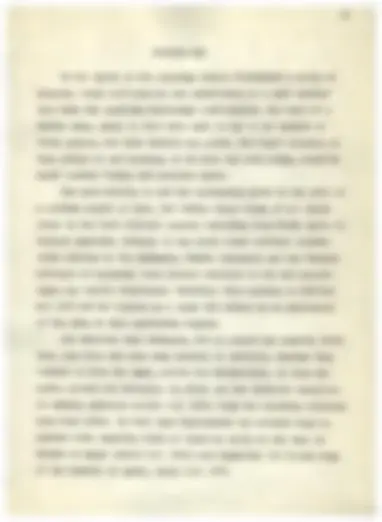


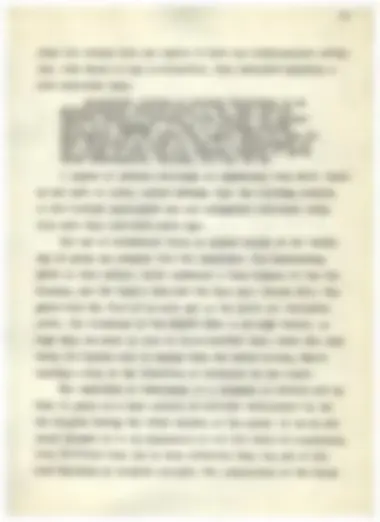
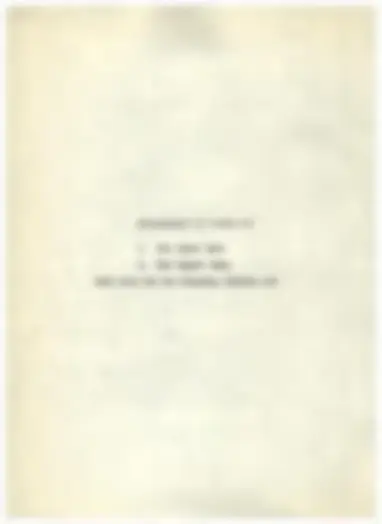
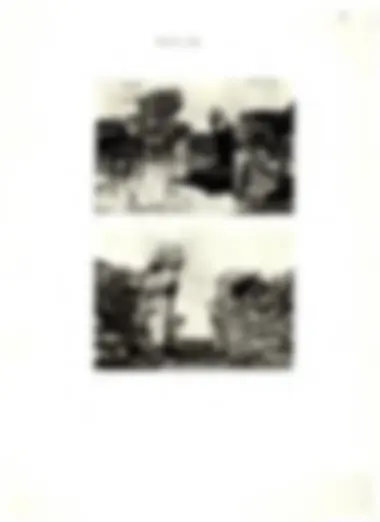

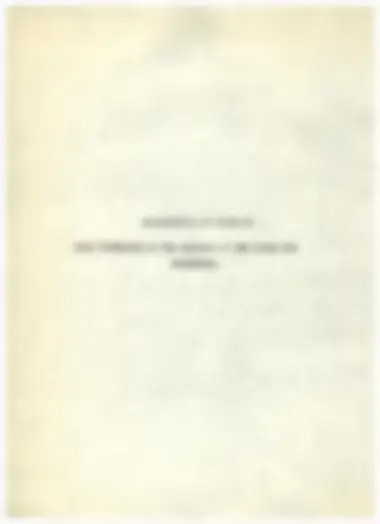
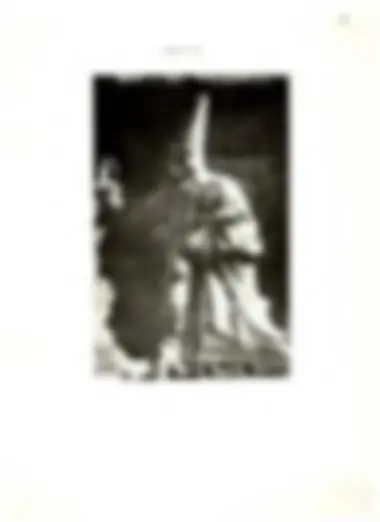




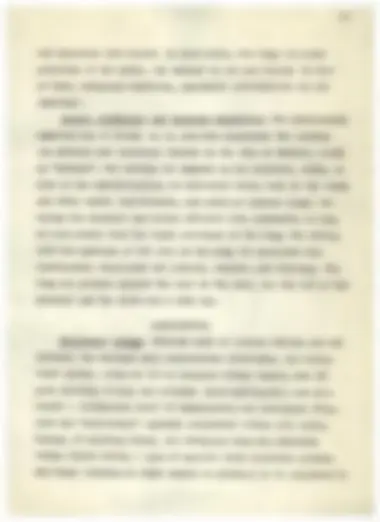

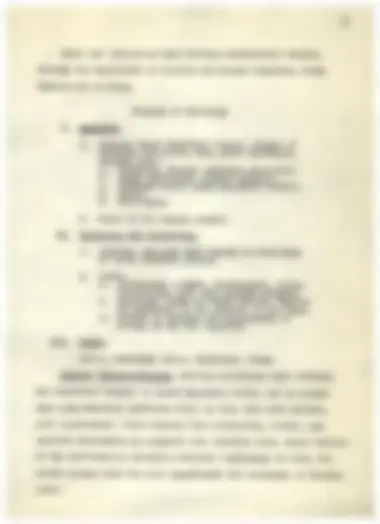
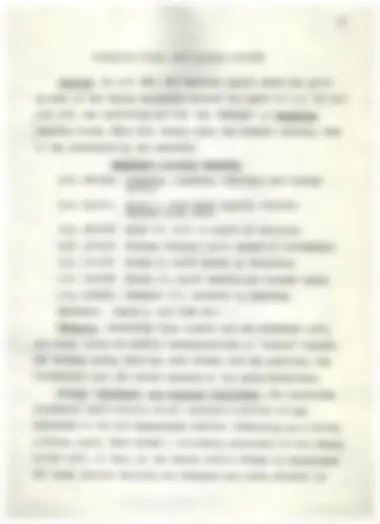



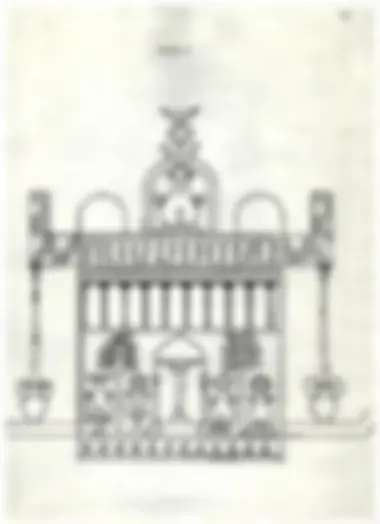
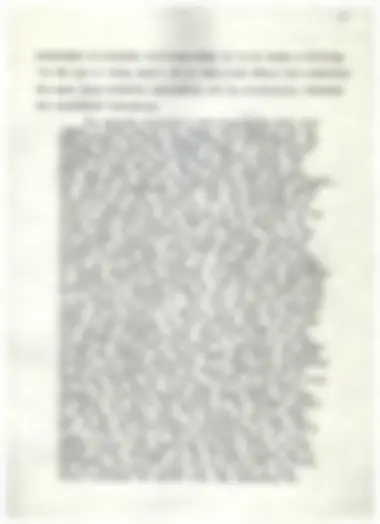



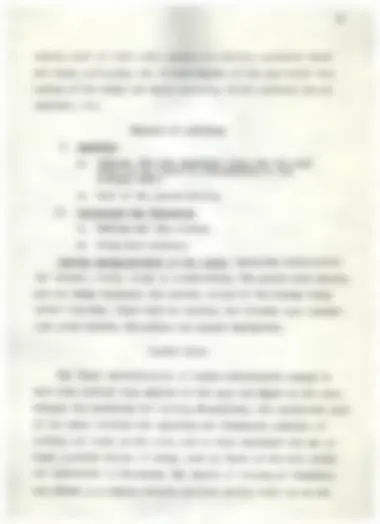




















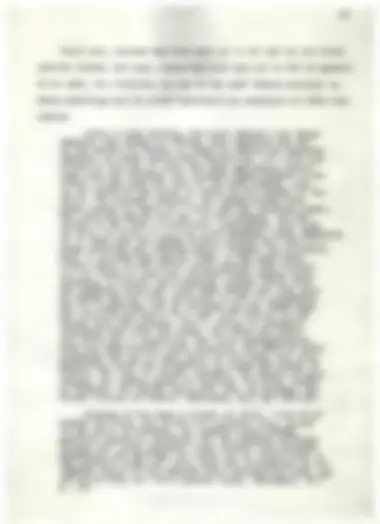



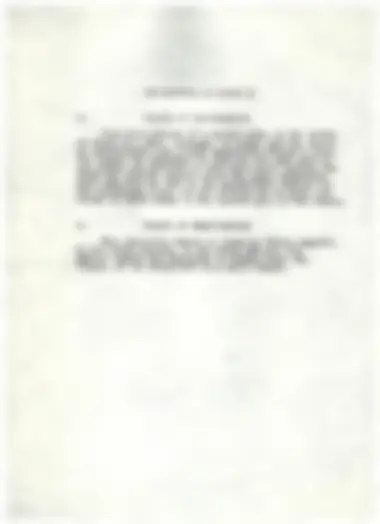

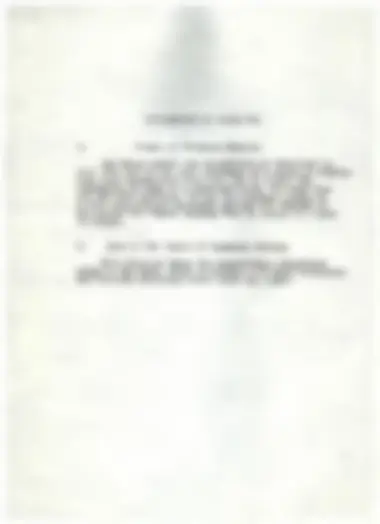
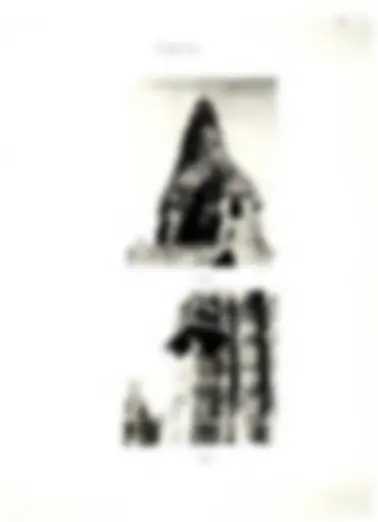
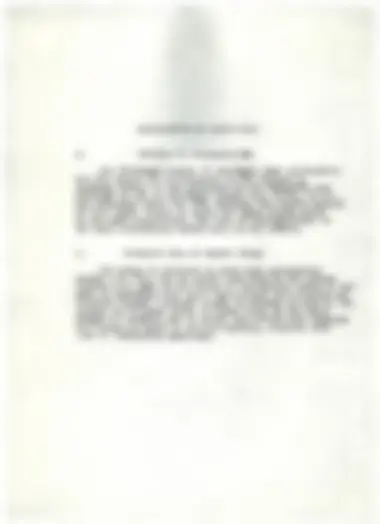

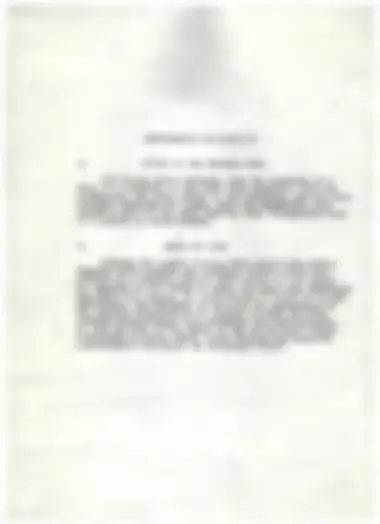

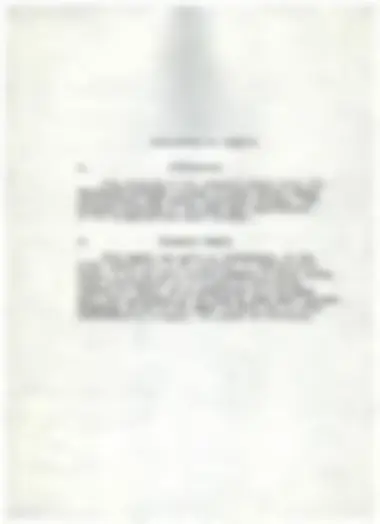
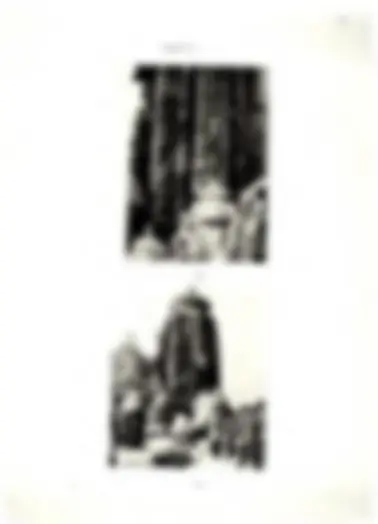



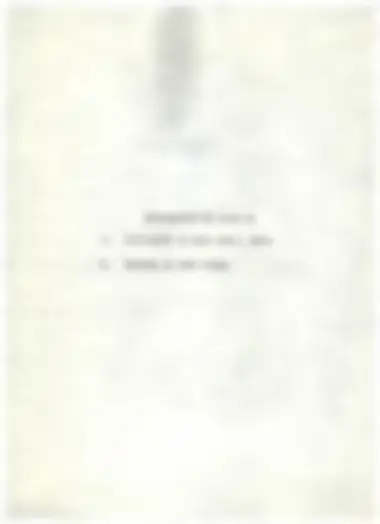
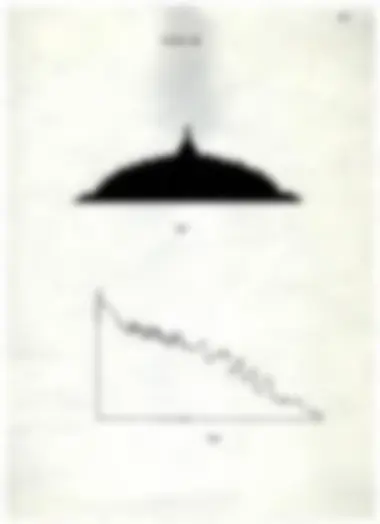

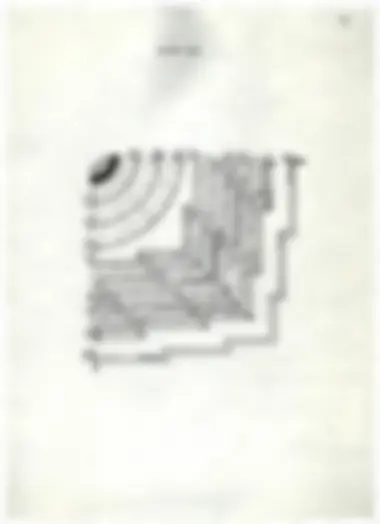






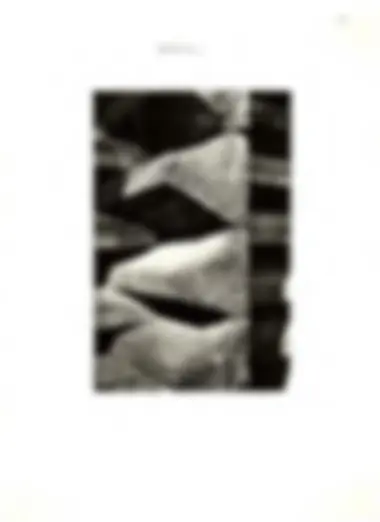











Study with the several resources on Docsity

Earn points by helping other students or get them with a premium plan


Prepare for your exams
Study with the several resources on Docsity

Earn points to download
Earn points by helping other students or get them with a premium plan
Community
Ask the community for help and clear up your study doubts
Discover the best universities in your country according to Docsity users
Free resources
Download our free guides on studying techniques, anxiety management strategies, and thesis advice from Docsity tutors
An overview of the artistic progress made by various ancient civilizations, including Assyria, Hittites, India, and Japan. It discusses the cultural influences, artistic styles, and significant artifacts from each civilization. The document also touches upon the impact of religion on art and the development of unique architectural styles.
Typology: Schemes and Mind Maps
1 / 161

This page cannot be seen from the preview
Don't miss anything!





























































































B. S., (^) Kansas State University, (^1953)
submitted (^) in partial fulfillment of the
requirements for (^) the degree
Department (^) of Architecture
1959
JAPANESE STYLE (^) 8ij. EARLY BUDDHIST (^) ARCHITECTURE IN JAPAN (^93) JAPANESE (^) SCULPTURE (^) \ -j ORIENTAL DRAGON (^113) HISTORICAL (^) STYLES (^123) Egyptian Structural (^) and Decorative (^) System (^123) Pre-Hellenlc (^) or Aegean (^) Structural and Decorative System (^126) Hellenic Structural (^) and Decorative (^) System (^130) Etruscan Structural (^) and (^) Decorative System (^139) Roman (^) Structural and (^) Decorative System (^) U4.I ACKNOWLEDGMENT (^) X (^) $Q
a brief survey Into several (^) of the ancient historical styles that were (^) very influencial in the development of the arts of (^) Asia and the Par Saat. The ancient (^) historical styles have been limited to structural and decorative systems. (^) A complete look (^) into all of the arts of the (^) historical styles would be quite a lengthy and would (^) also detract from the Oriental emphasis of this report. (^) The ancient historical styles included (^) are those Empires which were powerful (^) on the continents of Europe and Africa such as the Egyptian and Roman Umpires. The ancient art history of Japan is used (^) as a reference to indicate the many influences a particular nation or (^) location usually (^) encounters in developing their own style (Plate (^) I).
ASSYRIAN-BABYLONIAN (^) STYLE
Land
Geography and (^) Topography. The Tigris-Euphrates Valley (^) was the seat of a very old civilization and the home (^) of a number of different races. (^) The "lower" valley, called Chaldaea (^) or Babylonia (^) , is low, (^) flat, and marshy and infested with (^) insects and other marsh life. (^) This fact led early to the (^) construction of great plat-
forms for towns and palaces (^) and of the great stepped pyramids for temples. The upper valley, (^) called Assyria, is higher, (^) more or less hilly and more (^) temperate and healthful. Like (^) the Nile Valley, the Tigris-Euphrates (^) basin, especially (^) the lower valley, (^) was formed by (^) alluvium washed by (^) these rivers into what (^) was at one time (^) the
head of the (^) Persian 3ulf. Richly (^) fertile, it was destined (^) to be
iSXPLAHATIOH (^) OP PLATE (^) I
Graph (^) showing the development of Architecture
and Allied Arts, Including the nan; Influences (^) in the development of Japanese (^) Arts.
one of the worlds (^) groat granaries and a favorite home of early man. This alluvial deposit has continued since ancient tines and has been (^) so rapid that Brldus, a port In B.C. (^) 3000, la now about 125 miles Inland. Situated (^) as It (^) Is, the (^) valley was designed to be the highroad (^) between the Persian Gulf and the Mediterranean Sea. Thus open to Invasion, the valley was from the earliest times a melting-pot of peoples. Geographically (^) speaking, Babylonia and Assyria were one country which (^) ancient writers called Assyria. But in the thir- teenth (^) eent\iry the barbarous Tartar invasion finally wiped out this ancient civilisation, (^) with its architectural glories, its triumphs (^) of irrigation and its agricultural prosperity, (^) and reduced the country to (^) a dismal tract (^) of dreary desert alternating with mlasniic marsh. (^) Irrigation has been recently started (^) again, and the Buphrates Dam is the great modern (^) wonder of Babylon, designed to restore (^) civilization to this sterile (^) district. There Is a great (^) desire from the peoples (^) of this region to develop and keep (^) pace with the civilisations (^) of the west. On the east (^) of Babylonia and Assyria was ancient (^) Persia, which, under (^) Cyrus and Darius, extended (^) over the high plateau of Iran from (^) the Tigris to the Indus. Geology and Materials (^) at Hand. Although the (^) best soil of Assyria had been (^) eroded from her hills and washed by (^) the rivers into the lower (^) valley, she was well (^) endowed with limestone, alabaster, (^) and clay for brick-making. (^) Moreover, (^) she was near
enough to Lebanon that, (^) with favorable (^) political conditions, ceder wood (^) could be obtained (^) from that quarter. (^) Since Chaldaea
was (^) alluvial, there was no great tree (^) growth, and wood had to be imported. Moreover, (^) there was no stone in Chaldaea, and (^) the people therefore were (^) compelled to develop a ceramic (^) architecture. Brick, burned (^) and unburned, served as a structural (^) material, and ceramic units were employed (^) as ornament. Stone was used, however, (^) in the south, especially during the Neo-Babylonlan (^) era, when it was im- ported from Assyria (^) for paving the Processional Street to the temple (^) of Marduk, for the erection of a bridge, and (^) for use in the Hanging Gardens. 1 The lower valley (^) was supulied with a natural asphalt (derived from (^) the petroleum beds), and this mixed with river (^) sands was sometimes used as (^) a mortar (^) in brick walls, although llme-and- sand mortar was (^) occasionally employed. The bricks were marked with the names of the reigning king, and (^) the impressions of these inscriptions, (^) preserved in the asphalt mortar, often served to identify a structure even after the mud bricks had disintegrated. Since the Assyrian building arts were derived from those (^) of the Chaldaeans, (^) the Assyrians did not use stone to the extent that their habitat might suggest. Their (^) structures were (^) largely of brick, stones being (^) used for plinths, pavements, retaining walls,
and decorative bas-relief dedoes upon the (^) interiors. Decorative ceramics (^) in Assyria received attention as in Chaldaea. Metals were (^) sometimes used in buildings. Bronze door (^) sills, gate sockets.
1 Hanging^ Hardens^ of the Palace of Nebuchadnezzar in the city of Babylon, about B.C. 2000.
Reconstruction of the Ziggurat of Ur. It was here that the richest evidence (^) of what is probably the old-
est culture on earth, that of the Sumeriana, was found.
11
of the pharaoha of (^) Egywt. Though a great warrior, (^) ha was also a great (^) builder, repairing (^) temples and cities and constructing (^) for his queen the (^) famous Hanging Gardens in the (^) royal quarters of baby Ion. But the (^) Babylonian Renaissance was short-lived. (^) Persia overthrew the Heo-babylonlan (^) Umpire in B.C. 538, and remained dominate until (^) conquered by Alexander. Upon the (^) dissolution of Alexander's (^) iSapire the territory passed (^) to Parthian rule, .Aich in turn was supplanted (^) in A.D. 226 by the Heo-Perslan or Sassanian itapire. This (^) fell to the Sarcens in A.D. 6I4.I. Religion. The religion of the Cbuldaeana (^) and Assyrians was polytheistic with but (^) one movement to sake one god supreae, that of Hammurabi (^) to elevate Marduk to that position. (^) The heavenly bpdles and the forces of nature were (^) defied, riarduk, the sun-god, was the (^) patron deity of Babylon. Ishtar, was mother (^) of the gods, and (^) goddess of love and war. (^) Anu, was (^) the god of heaven; and Hinlb, the god (^) of war. The gods of Assyria were (^) identical In idea with (^) those of the south but bore different (^) names. In the north Ashur replaces (^) Marduk. The north had local patron (^) deities, as had the (^) south, and the cults and rituals (^) were similar. The priest-
hood exercised great power both (^) religiously and economically, for the temples vere commercial (^) centers and seats of learning. (^) Temples were richly endowed (^) and therefore Independent. They lent (^) money and owned vast (^) heards of oattle and sheep. (^) To administer these activities (^) a great number of laymen were (^) required. The temple
treasures consisted (^) of vases of precious metals, inscribed (^) tablets, gold, (^) silver, and precious stones. (^) A deep-seated (^) superstition led
12
to the belief that the effigies of king-headed, winged (^) bulls set up at the (^) doorways of palaces and tovns, would ward off evil spirits. Social (^) , Political (^) , and Economic Conditions. The Tigris- Buphrates (^) people possessed a marked amount of culture and (^) a well- developed language. They made (^) substantial progress in astronomy and arithmetic, foretold eclipses, made (^) sun-dials, and developed a calender.^ The^ Assyrians who appropriated the culture of the Chaldaeans seemed to possess all the outward signs of culture; they had a certain taste for art and a marked capacity (^) for military organisation. Yet (^) at heart the (^) average Assyrian king was a raven- ing tiger. He delighted (^) in the most awful forma of torture, rtuch of the "eye (^) for an eye" philosophy of the Old Testament (^) comes from the contact of the Hebrews with (^) the Assyrians. Life was very cheap; almost (^) every offense was punished by death, and (^) kings and princes ruled with an iron hand. (^) All the beauties of the land, all the achievements (^) in literature and the arts wore accomplished for the (^) ruling classes; the common (^) people were allowed few or none
of the pleasures (^) of life.
Architecture
Structural (^) System. The structural system (^) used in the Tigrls- liuphrates was (^) a combination of the arch-and-pier (^) (dynamic) and the post-and-llntel (^) (static) systems, ritcavations (^) showed that the arch (^) was well known and used much, (^) especially over sewers and drains under the (^) Rreat platforms, and ovor openings in the walls. It (^) appears also that vaults, and upon occasions, domical (^) forms were
1'.
of (^) (1) colored and fjrlseorl bricks and tllos; (^) (2) colored terra- cotta conss inserted into (^) clay vails, as at t/arka; (^) (b) sculpture in the (^) way of (1) bas-reliefe of alabaster used as wainscots In palaco halls; (?) sculptured figures at the entrances, or occasionally wit-bin rooms. The subject matter of such decorations consisted of: (^) (a) conventional ornament: discs, rosettes, chever- ons, palnettes, pine-cones, pomegranate motifs, winged discs, (^) and sun ornaments; (b) naturalistic: (^) at the hunt, worshipping, banqueting, etc., with the king-headed, wing bull (^) or lion statues at the doorways. Color vies occasionally introduced by ceramic (^) enamels used either upon plane or modelled bricks (^) and tiles, although some painting upon (^) stucco walls have been found (^) in the (^) ruins, yellow, blue, and white perdominated (^) in ceramic decoration, although burnt sienna, apple (^) green, and black were used. The background colors (^) were usually blue, flat and not graded. (^) Yellow and white lions, bulls, and dragons with (^) touches of blue, green, burnt sienna, and black, (^) and human figures with flesh of burnt (^) sienna with beards (^) and hair of black, were (^) characteristic.
Classes of Buildings I. Domestic. A. Palaces (most (^) important class) with (^) apartments as follows:
15
II. K*Q lgioua.
Simple colls and priest's quarters, beside (^) a three to seven terrHCod pyramid (^) or ziggurat upon which was placed (^) the shrine of the god. These were (^) en- closed (^) within eiibattlod walls. III. Civic. City halla; fortifications; gates; bridges; processional streets. General (^) Characteristics of the Style. Assyrian-Babylonian Architecture was massive, military, (^) non-columnar. Temples were pyramidal, and (^) monumental; palaces were not, their chief affect being gained by sheer, embattled, palisaded (^) walls, set atop hugh platforms and reached by (^) ramps and stairs. Masses were simple but (^) not balaneed. The magnificence of the king rather than (^) the glory of god finds an expression architecturally (^) in the arts of this period. Arches used for vaulted drains under the (^) platforms, or for palace entrances, were important (^) features. Columns were little used, for want of (^) a suitable (^) stone, and indeed neither Babylonians nor Assyrians used stone construction (^) as did (^) Egyptians, Persians, Greeks, and Romans. The imposing (^) effect produced by towering masses of (^) palace buildings and stepped zlggurats, (^) planted on
great platforms and approached (^) by broad stairways and ramps (^) from the (^) plains below, must be left to the imagination.
tween Asian and European (^) nations, which in the earliest times was generally warlike (^) in character, naturally had its effect (^) in an intermingling (^) of architectural features (^) in the different (^) lands.
17
Periods of Hlttite Civilization Pre-Hittite B.C. 2300 to 17^ Old Kingdom^ B.C. 17^0 to ll; New Sap Ira B.C. II4.6O to 1190 Neo-Hlttlte B.C. 1190 to (^750)
Pre-'Iittlte Period. The Pre-Hlttlte finds at Alaca Hoyuk are dated between (^) B.C. 2300 to (^) 2100, and are Identified with the Hattian period and not true Hlttlte art. The Indo-European in- vasion occurred somewhat later in history but a background is needed to (^) understand true Hlttite art. The tombs at Alaca Hoyuk nearly all face east-west and consist of deeply-sunken chambers with (^) walls and floors (^) usually mads (^) of stone and the roof of wooden beams. The burials were accomplished and accompanied with (^) a large number of sacrificial animals and (^) an astonishingly rich collection of objects. Gold, silver, and copper are the principle metals used In these objects, with iron together with various (^) precious and semi-precious stones used. Some of the vessels and weapons are direct reflections (^) of items found in (^) Persia, Troy, and India, which indicates a relat- ionship with the outside world. The most interesting (^) finds at Alaca Hoyuk consists of (^) a large (^) collection of metal statuettes of stags (^) and bulls. The stags and bulls are probably symbols of divities (^) which ere well known during the later Hlttite (^) period.
The pottery of this period (^) is a hand-made (^) polychrome ware usually decorated with geometrical (^) designs in white, red or black. This pre-HIttite (^) ware was to remain in current use all through (^) the
18
Old Hlttlte Kingdom. It was gradually displaced, (^) but never complete- ly replaced, by (^) a new type of pottery, a wheel-made, unpalnted, polished, red-washed ware which (^) is definitely associated with the New Kingdom (^) period. Consequently it would appear that whereas (^) the Old Kingdom continued along the lines (^) of the pre-Hittite civili- zation, there (^) is a certain departure from the older forms with the emergence of the New Kingdom which (^) is naturally to be account- ed for by (^) an influx of foreign elements with different techniques and a different civilisation. The introduction (^) of a new type of pottery is furthermore certainly (^) to be (^) connected with a still more Important change, (^) that from interment to cremation in the royal Hittite family. It is known that (^) while the Icings of the Old Kingdom were normally (^) buried, those of the New Kingdom were cremated
.
Old Kingdom. This period (^) is usually called the dark-centuries simply (^) because very little remains have been uncovered (^) which are traoerable to the Old (^) Kingdom. A recent discovery at (^) Boghaz-Koy of (^) a limestone (^) relief believed dated about the (^) seventeenth century B.C., repreaenclng (^) a battle of Gods, which (^) re-appears later (^) in the (^) Neo-IIittite reliefs is about the only (^) example
available of this period. (^) Therefore it is hard to study or relate this period with (^) so little Information. New Kingdom (^). The discoveries found at Boghaz-Koy, (^) Yazilikaya,
and Alaca Hoyuk is the backbone (^) to which the history (^) of the New Kingdom is traced. (^) The remains at (^) Boghaz-Koy consists of (^) plans of buildings, (^) fortifications (^) made of worked blocks (^) with inter- locking (^) features, and (^) Temple I, in the lower (^) northern part (^) of the